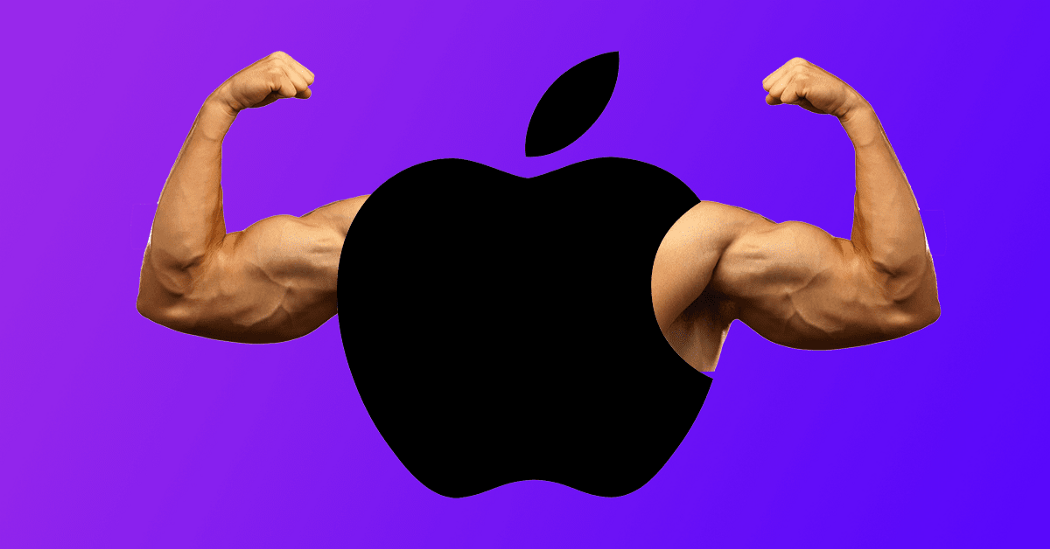
Apple is Arming itself
 6 min
6 min
Apple is Arming itself
I’m still following Apple and developments in hardware and software in general as it is still somewhat of a hobby of mine (having started my professional career developing on NeXT). Even after I have given Apple bad grades here and here, I think yesterday’s announcement that Apple is moving to their own Arm chips, is something that had long been coming and I think it will potentially alter the computing landscape. While I’m certainly no longer able to have insight knowledge or even be able to follow the last development in chip design, I do believe in phases or cycles of evolution and revolution in technology and I think that’s true for information technology as it is for cars or anything else for that matter. Apple just started to ramp up on a revolution cycle.
Reading the opinion of analysts regarding Apple’s risky move from Intel to their own Chips left me bewildered. After all, this is Apple’s third processor architecture change — from the Motorola 68K to the PowerPC and then on to Intel. Three different instruction sets and every time the migration worked without too much hassle. So, for Apple this has always worked out and it gotten better and easier. The move from PowerPC to Intel was especially smooth given that in the best case, a simple recompile of the app was all the developers needed to do — Apple had already experience not just because they moved previously but also because the company (NeXT) they acquired and that brought Steve Jobs back to Apple had offered its operating system (NEXTSTEP) for four different platforms: Intel x86, Motorola’s 680x0, PA-Risc (HP) and Sparc (Sun) — so there is, and probably continues to be, tremendous experience with a multi-processor landscape. So, let’s instead focus on what it means for Apple and the wider ecosystem:
1st and foremost, the big losers are chip OEMs such as Intel and AMD (and probably others as well). Intel primarily because it had been the sole CPU provider since 2005. For AMD it’s a double whammy. On one hand it has been providing the GPUs for the Mac lineup but also, and in my opinion the bigger loss in the long-term, an opportunity to “steal” the thunder from Intel and to position themselves with their own intel compatible CPUs. AMD’s Ryzen and Threadripper platforms have started to outperform Intel where it counts. Keep in mind, Apple is no longer the niche PC and Laptop producers it once was, today it has roughly 10% of the desktop and laptop global market share. Those 10% will be felt by Intel and AMD.
2nd, the other PC OEM’s that are somewhat significant will feel this in the price pressure, this includes the likes of Dell, Lenovo and HP that use chips from both Intel and AMD; they are still dependent on these chips for as long as there is no smooth migration plan for Windows to make a clean transition to Arm or any other chip architecture. And we should note that it’s not for lack of trying, as Microsoft has tried (and so far, failed) to move Windows to anything other than Intel x86. There was, for example, a push to move to PowerPC in the 90’s (failed), then there was a push to move to Arm with their first generation of Surface products (failed), and there is another attempt to move to Arm with their latest Surface iteration. Microsoft has repeatedly failed at this for two reasons: a) fear of cannibalization and b) they simply do not have the tools and frameworks in place to make this transparent to the users. Where Apple shines is in their run-time layer, libraries and SDKs that have been mostly architecture neutral (thanks to NEXTSTEP), whereas in the case of Windows, it was never designed to be neutral. However, the move that Apple is planning will force the three big players to rethink their strategy because they will not be able to keep up with Apple in the mobility computing space as they will never reach the performance-per-watt levels of an Arm chip. So, Apple’s new MacBooks with Arm chips will not only be faster than the competition, they will also be thinner and possibly without a fan (no noise). I did an assessment on my spouse’s iPhone 11 Pro Max (geekbench) and that thing is already 3 times faster than my Intel based Microsoft Surface from 2017 (geekbench)!
3rd, given the realities outlined above, Apple’s move has the potential to usher in a whole new computing paradigm. Over the years, we have seen some movement away from Intel and to break with long standing traditions. For example, Facebook started to design their own chips (link) and last year, Tesla started to build cars with their own chips (link), the data center behemoth Amazon (link) is designing its own custom silicon and not to be left out, Google is creating a new AI chip (link) as well as a chip for their upcoming phone. But when it comes to the Wintel-duopoly at the workplace or at home, nothing was able to make a dent. This might finally change that.
While I’m still not crazy about how Apple is taking control of every aspect in their ecosystem, I have to admit, I’m grateful that they are all-in on their own chip design and that I hope this will send a clear and strong signal that now is the time, to start thinking out of the (chip design) box and improve computing well beyond the small incremental changes that we had to endure over the last decade.









 English
English
 Français
Français
 Deutsch
Deutsch
 Italiano
Italiano
 Español
Español



 Beitragen
Beitragen







 Du kannst deine Lieblingsautoren unterstützen
Du kannst deine Lieblingsautoren unterstützen





